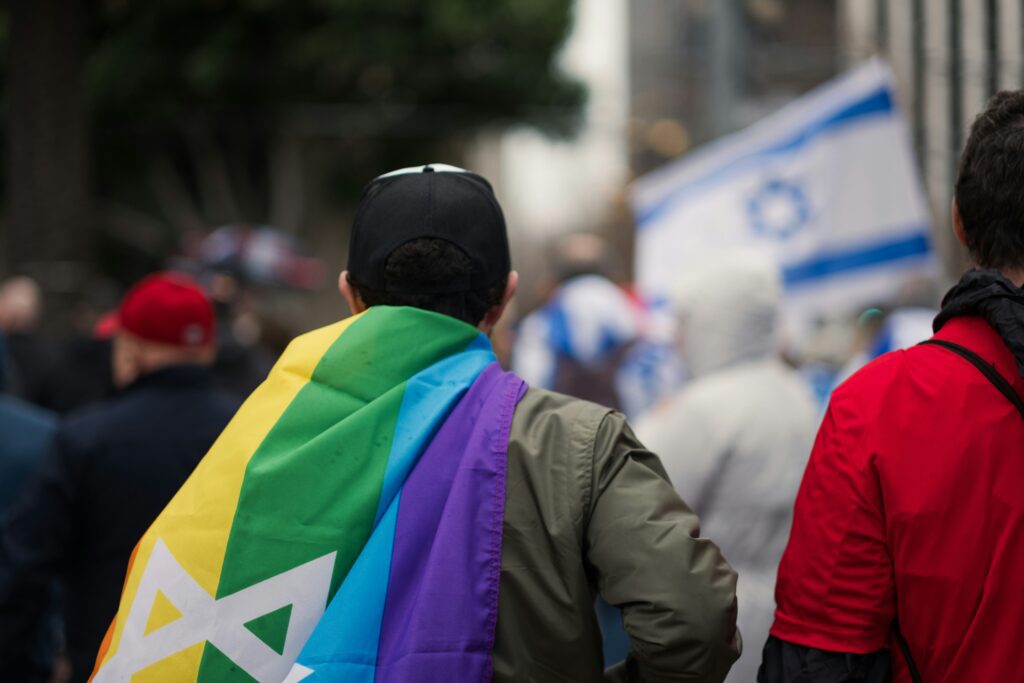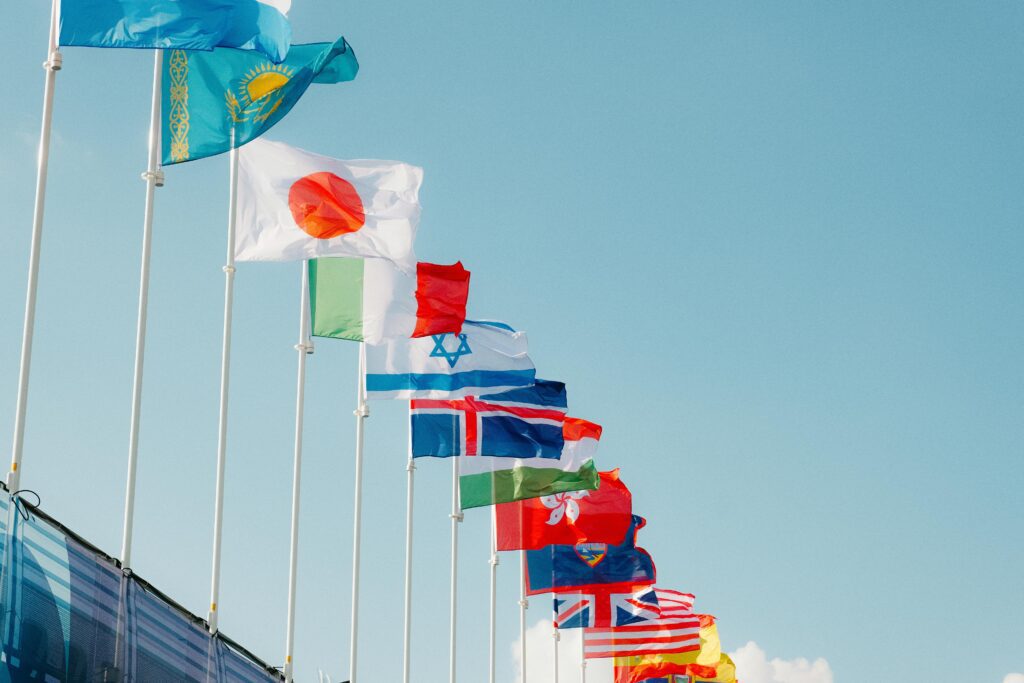
Welcome back! I’m thrilled to have you join this space once again as we embark on another exciting journey through the events of the international system. Here, I’ll share my diverse range of interests. So, sit back and enjoy the read.
If you missed the first chapter, which focused on the History of Ceasefires in the Hamas-Israel Conflict, don’t fret—you can easily catch up. This chapter promises to delve even deeper into the ongoing ceasefire situation.
CURRENT STATE OF THE ISRAEL VS. HAMAS CRISIS
The conflict between Israel and Hamas has been ongoing for over 15 months, with the situation remaining highly volatile and complex.
The latest round of violence began on October 7, 2023, when Hamas launched a massive surprise assault on southern Israel, resulting in the deadliest single attack on Israelis in history. In response, Israel declared war with the intent to destroy Hamas, leading to extensive military operations in the Gaza Strip. The conflict has caused significant casualties and widespread destruction.
As of February 2025, the conflict has resulted in the deaths of at least 61,709 Palestinians, including 17,492 children, and more than 111,588 people have been injured. Additionally, over 14,222 people are still believed to be trapped under rubble or in areas inaccessible to rescuers. The blockade imposed by Israel has cut off essential supplies, exacerbating the suffering of Gaza’s residents.
The conflict has caused extensive damage to Gaza’s infrastructure. Almost all homes in Gaza have been damaged or destroyed, along with 80 percent of commercial facilities and 88 percent of school buildings. Healthcare facilities have also been severely affected, with 50 percent of hospitals partially functional. The blockade has led to severe shortages of food, medicine, and other essential supplies.

PARTIES INVOLVED IN TRYING TO MEDIATE PEACE
The ongoing conflict between Israel and Hamas has drawn the attention of several key international and regional players who are actively involved in mediating peace efforts. Here are the main parties involved:
United States
The United States has been a significant player in mediating peace between Israel and Hamas. The U.S. has close ties with Israel and has been involved in various diplomatic efforts to broker ceasefires and peace agreements. High-ranking officials, including the U.S. envoy for the global coalition against IS, Brett McGurk, have been instrumental in the negotiations. The U.S. has also provided humanitarian aid and support to the affected population in Gaza.
Egypt
Egypt has historically played a crucial role in mediating peace between Israel and Hamas. As a neighboring country with significant influence in the region, Egypt has facilitated numerous ceasefire agreements and negotiations. Egyptian officials have been actively involved in brokering deals and providing a platform for dialogue between the conflicting parties. Egypt’s strategic position and diplomatic efforts have been vital in de-escalating tensions and promoting stability in the region.
Qatar
Qatar has emerged as a key mediator in the Israel-Hamas conflict. Despite its small size, Qatar holds significant influence in the Middle East and has a history of effective mediation efforts. Qatari officials have played a crucial role in brokering ceasefire agreements and facilitating negotiations between Israel and Hamas. Qatar’s involvement has been instrumental in securing temporary truces, releasing hostages, and providing humanitarian aid to Gaza. The country’s strategic positioning and diplomatic initiatives have made it an indispensable player in the peace process.
United Nations
The United Nations has been actively involved in mediating peace efforts and addressing the humanitarian crisis in Gaza. The UN has called for a full humanitarian ceasefire and increased efforts to provide aid and support to the affected population. Various UN agencies and humanitarian organizations have been working on the ground to deliver essential supplies and services to those in need. The UN’s involvement has been crucial in coordinating international efforts and advocating for a peaceful resolution to the conflict.
European Union
The European Union has also been engaged in mediating peace efforts between Israel and Hamas. The EU has provided diplomatic support, humanitarian aid, and financial assistance to the affected population in Gaza. European nations have been involved in facilitating dialogue and negotiations, aiming to achieve a lasting peace agreement. The EU’s involvement has been essential in mobilizing international support and promoting stability in the region.
Russia and China
Russia and China have expressed their willingness to help mediate peace between Israel and Hamas. Both countries have been involved in diplomatic efforts to facilitate negotiations and provide humanitarian aid. Their involvement highlights the global significance of the conflict and the need for a coordinated international response to achieve a peaceful resolution.

DEALS AND PRISONER EXCHANGES IN THE ISRAEL VS. HAMAS CRISIS
The ongoing conflict between Israel and Hamas has seen several prisoner exchange deals as part of ceasefire agreements.:
Recent Prisoner Exchange Deals
- First Phase of Ceasefire (January 19, 2025)
- Hamas Releases Hostages: As part of the initial phase of the ceasefire agreement, Hamas agreed to release 33 Israeli prisoners. These included women, children, and men over 50, comprising soldiers, civilians, and dual nationals held since the October 7, 2023, attack.
- Israel Releases Palestinian Prisoners: In return, Israel agreed to release approximately 2,000 Palestinian prisoners, including 250 serving life sentences. This exchange was part of a broader effort to alleviate the humanitarian crisis in Gaza and promote peace.
- Subsequent Exchanges
- February 8, 2025: Hamas released three Israeli captives, while Israel released 183 Palestinian prisoners. The exchange was carefully managed, with the Israeli captives handed over to the International Committee of the Red Cross. The released Palestinians included senior Hamas figures and individuals involved in past attacks on Israel.
- February 23, 2025: Hamas released six hostages, including three Israeli men seized from the Nova music festival and another taken while visiting family in southern Israel. Two others had been held for a decade after entering Gaza on their own. In return, Israel was set to release over 600 Palestinian prisoners, but the release was delayed due to security consultations and concerns over the manner in which Hamas conducted the hostage release ceremonies.
Numbers of Prisoners Exchanged
- Total Hostages Released by Hamas: As of February 2025, Hamas has released a total of 105 hostages, including 81 children, women, and elderly individuals from Israel, 23 Thais, and one Filipino.
- Total Palestinian Prisoners Released by Israel: Israel has released approximately 2,000 Palestinian prisoners as part of the ceasefire agreements. This includes individuals serving life sentences, those awaiting trial, and others detained without charges.

Challenges and Delays
The prisoner exchange process has faced several challenges and delays. For instance, the release of over 600 Palestinian prisoners was delayed due to Israeli security consultations and concerns over the manner in which Hamas conducted the hostage release ceremonies. These delays have strained the ceasefire agreement and raised concerns about the future of the peace process.
Humanitarian and Political Implications
The prisoner exchanges have significant humanitarian and political implications. They are seen as a crucial step towards alleviating the suffering of the affected populations and promoting peace. However, the process has also highlighted the deep-seated mistrust and tensions between the conflicting parties, making it challenging to achieve a lasting resolution.

